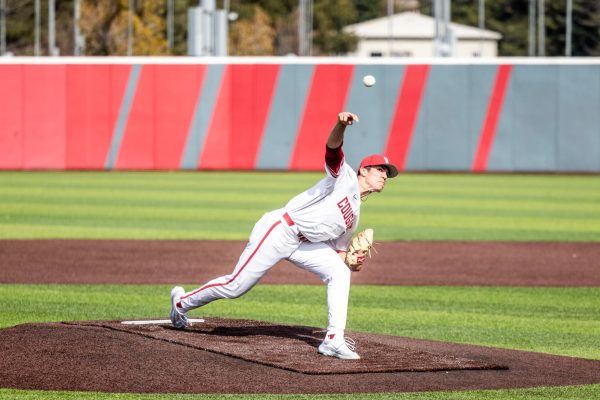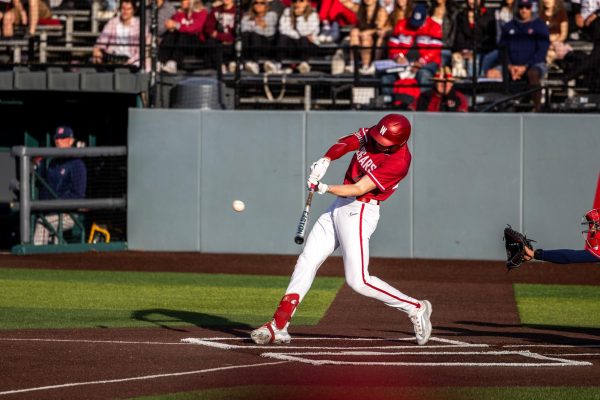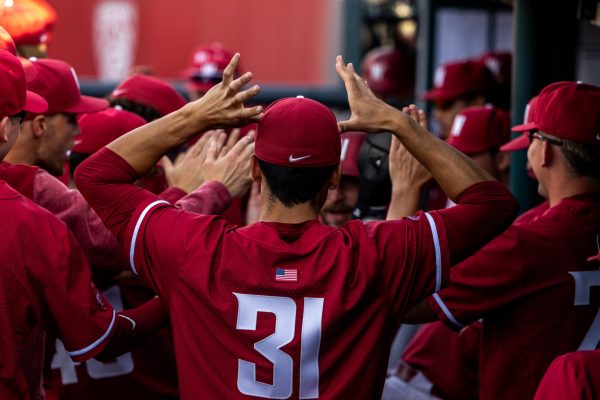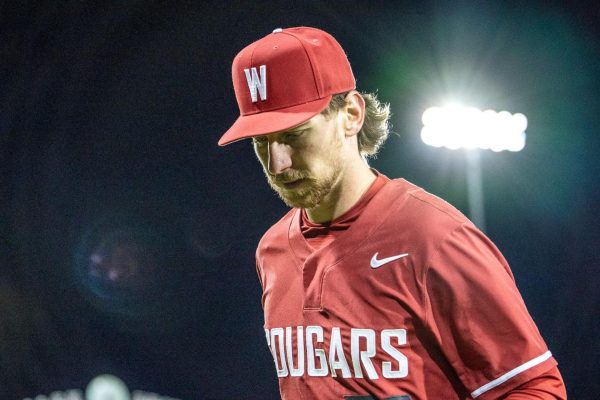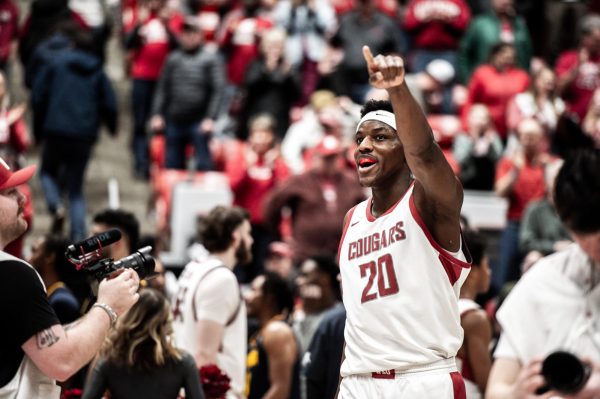Cougar basketball is in need of a make-over
February 3, 2016
Make that seven consecutive Pac-12 losses for the WSU men’s basketball team following the rock bottom of its season thus far in an 83-50 defeat at the hands of UCLA Saturday.
The Cougs now stand at 9-12 overall with a 1-8 mark in conference play with six weeks to go. In a conference that features 11 teams with winning records and all of them capable of playing in a postseason tournament, WSU remains the outlier.
Outside of junior point guard Ike Iroegbu’s 16 points in this past game, the other four starters combined for 10 points total. Iroegbu and junior forward Josh Hawkinson can’t single-handedly carry this young team in the deepest conference in the nation.
As student athletes can never fully be blamed for an athletic team’s struggles, their leaders often need to be examined.
It falls on Head Coach Ernie Kent to devise a defensive scheme that prevents Hawkinson from picking up two fouls in the first five minutes of a game and not surrender 85.7 points per game to conference opponents.
Players undoubtedly have to execute their end of the bargain, but anyone who has watched Cougar basketball likely has witnessed a bunch that looks confused on its defensive rotations, unsure of how a play or formation will be run and either overly aggressive or overly tentative on offense.
This overtly strained up-tempo and frantic offense Kent brands his team with is not working out for this year’s group of players.
Fast-paced offenses are perceived as being able to outscore their opponents in almost all situations; the loss to the Bruins proved that is not the case.
All this offense has accomlished is Hawkinson – perhaps the most versatile big man in the conference – being taken out of the equation on offense or double-teamed each night out.
When the wings and guards try to hoist up a shot in 10 seconds or less, it is not a wonder that this team went 33.3 percent from the floor Saturday against a team that has given up more than 80 points in all but one of its previous eight games.
Kent’s team scored 95 points against UW and somehow managed to lose the game in overtime. A predictable final play on offense against Colorado did away with a chance to tie or win another conference game in which the team played toe-to-toe with a more talented opponent.
Shooting 27-38 and 16-27 from the free throw line in both games is one way of pinpointing these close defeats, yet the Cougs were in a position to win each time.
At this time last year the Cougs were 4-5 in conference play, with wins over Oregon and California on their resume.
With regards to Kent’s second season as head coach, it looks like the program has regressed in terms of game performance.
In my opinion, a coaching tenure parallels a trilogy with a defined beginning, middle and end.
The beginning formulates the plot while the middle brings all aspects of the plot together into a compelling and worthwhile read. Once the reader is through the first two parts, the end wraps up the plot and defines the legacy and themes of what was written.
I am hoping that Kent’s run with WSU is still somewhere within the first phase. In this first part, the groundwork is being laid for a middle narrative that features top-six finishes in the Pac-12 and NCAA or NIT tournament bids that correlate with his successful teams at Oregon.
Once his time here is up, Kent’s legacy may feature him at the forefront of the revival of Cougar basketball. In a best-case scenario his name is mentioned in the same category as George Raveling and Tony Bennett.
I am not yet sold on this story. With Kent’s stint producing an overall record of 22-30, director of athletics Bill Moos may have to yank the book out of our hands two years down the road if things do not improve.







